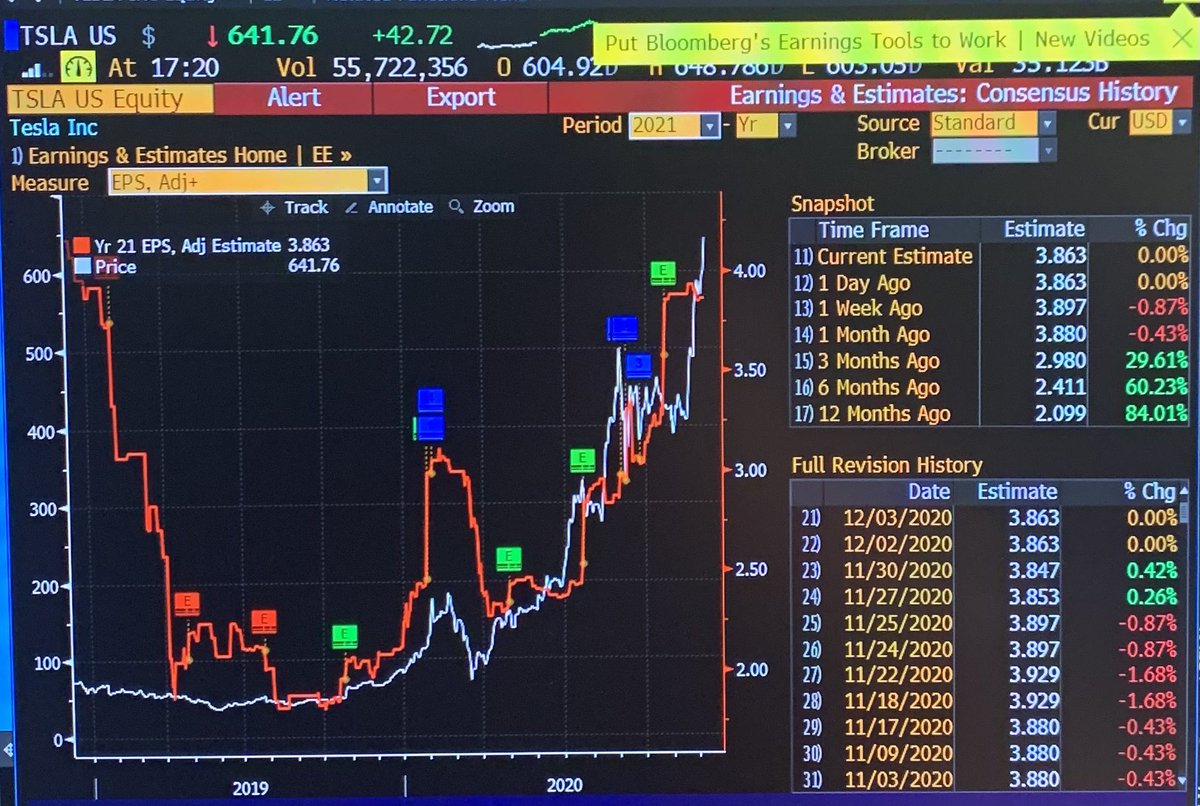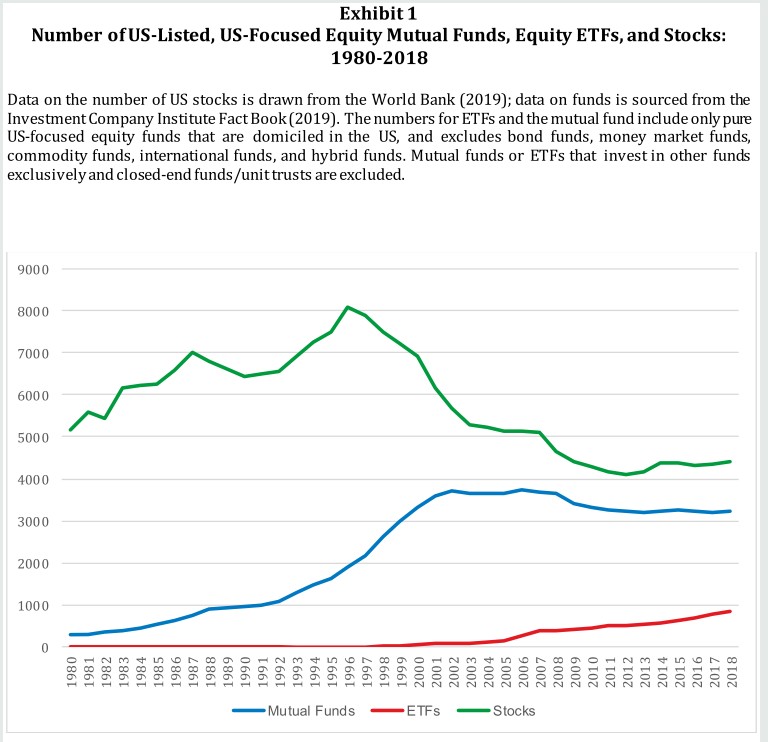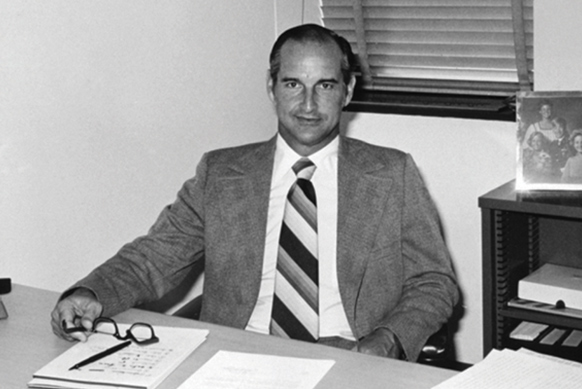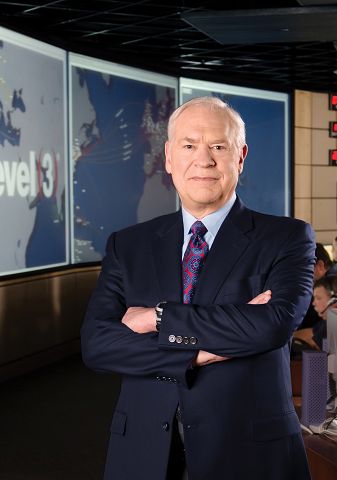Categories Trading
$CDON was founded in 1999 and was part of the Qliro group until September 2020
⭐️ It was then spun out at started operating as a fully independent retailer
🌐 It is now a leading e-commerce player, but is still valued as a brick & mortar retailer

The company generated most of its revenue from its own sales (first party sales)
🛍 It is now moving towards an “e-commerce platform” / marketplace positioning where merchants retail products and send these to clients
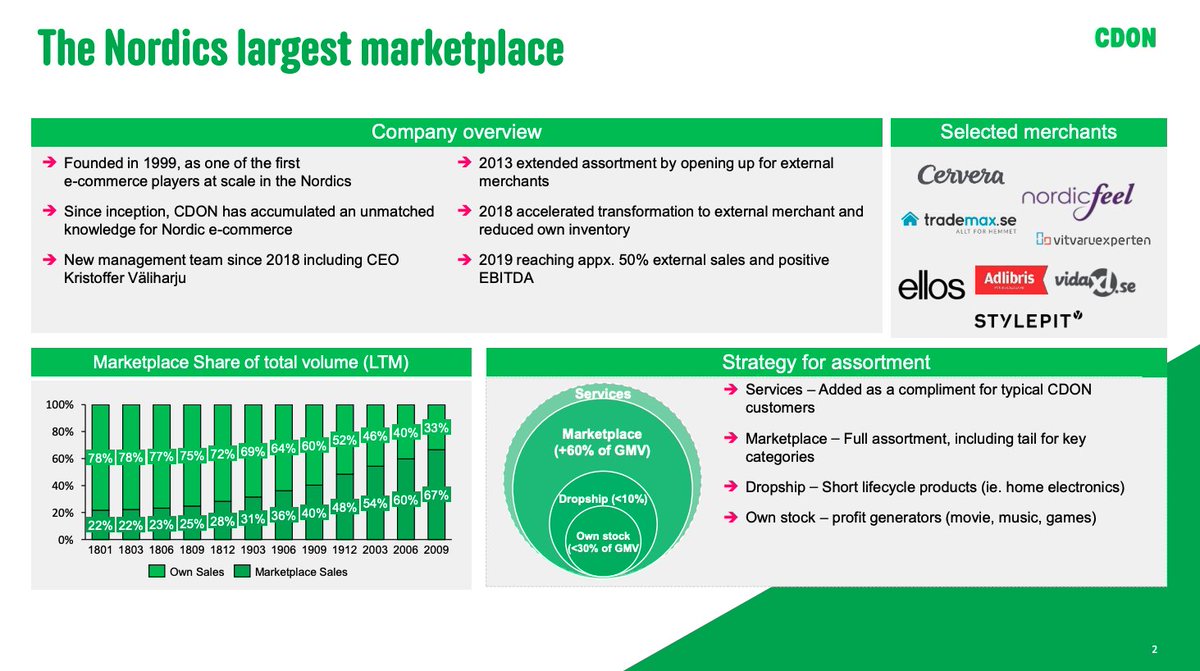
$CDON is the leading e-commerce player in the Nordics, it counts 2m active customers and over 1,300 merchants
💸 It retails over 8m products and scored a Gross Merchandise Value of SEK 2.4B ($ 288m) in the 12 months leading to Q3 ’20

$CDON belongs to a cohort of local e-commerce player which have successfully managed to fight $AMZN’s dominance
🇳🇱 https://t.co/jUdtPRTkdU in the Netherlands is the leading e-commerce player with 111m website visits (+30% in H2 ’20) vs 33m for $AMZN (+67% in H2 ’20)
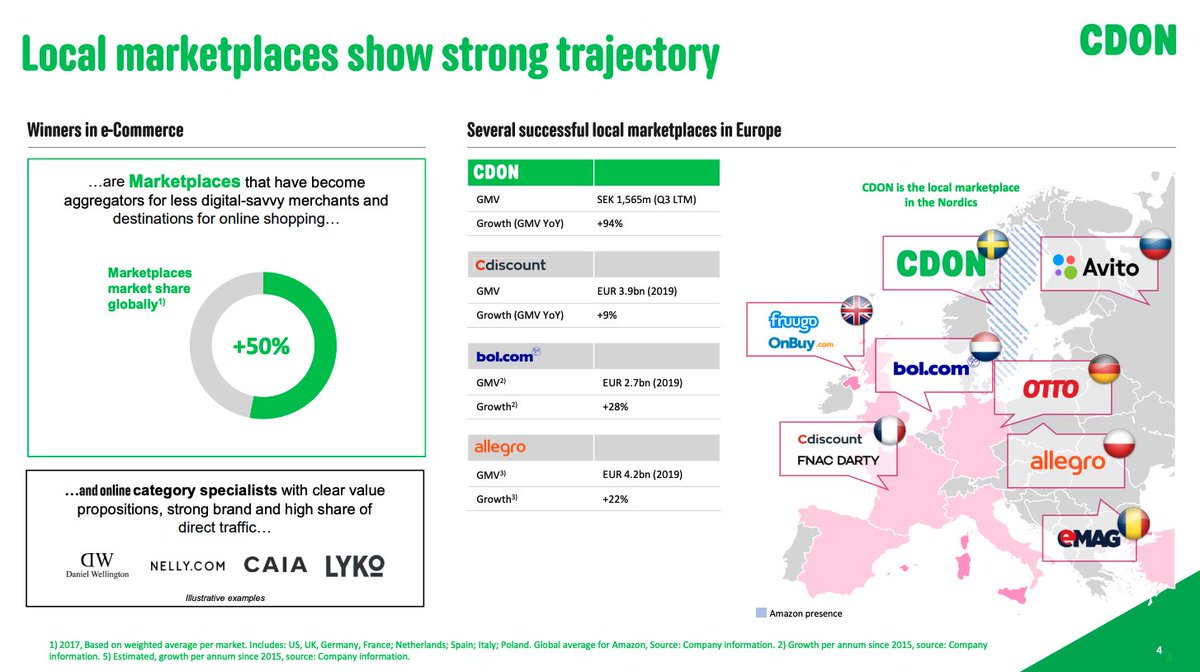
🇫🇷 https://t.co/r9rdGvrx9d in France is the N°2 e-commerce player with 84m visits (+21% in H2 ’20) vs 270m for $AMZN (+42% in H2 ’20)
🇸🇪 https://t.co/m8OyFnNYNJ in Sweden scored 7m visits (+27% in H2 ’20) vs 10.3m for $AMZN (entered market in 2020)
Long-term expectations do not change as frequently as daily market fluctuations would make it seem.
A quick update on Treasury rates through the lens of the DKW model
*As of Dec. 31*
1/
In previous threads, I made the distinction between long-term secular trends in growth and inflation and shorter-term (2-6 quarters) trends in nGDP
Consensus continues to conflate the inflation story, mixing and matching long-term and short-term charts to fit what is generally a secular inflation narrative.
— Eric Basmajian (@EPBResearch) January 4, 2021
Here are my two cents to make the distinction clear.
1)
Right now, the long-term trends are unaltered because long-term trends just don't change that fast but we have a very strong cyclical upturn in the economy, centered primarily on the shift to goods consumption bolstering the manufacturing sector and industrial commodities.
3/
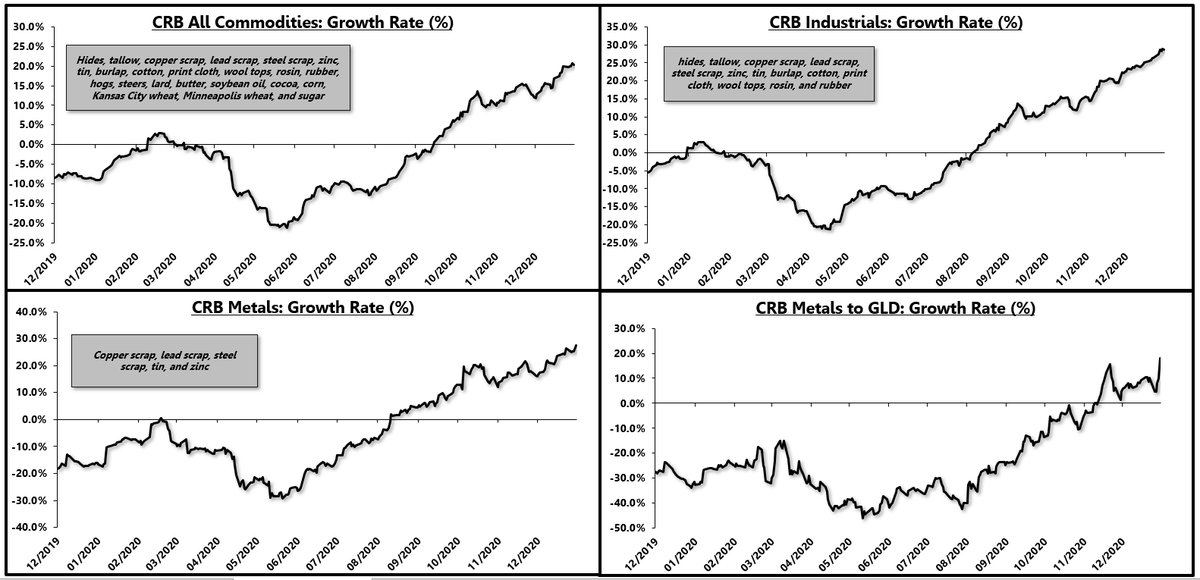
As long as the industrial sector continues to roar, TSY rates will have an upward bias as rates generally follow the trend in nGDP growth
A 10yr TSY has longterm expectations embedded in the rate so several qrters, while important, won't necessarily change the longterm trend
4/
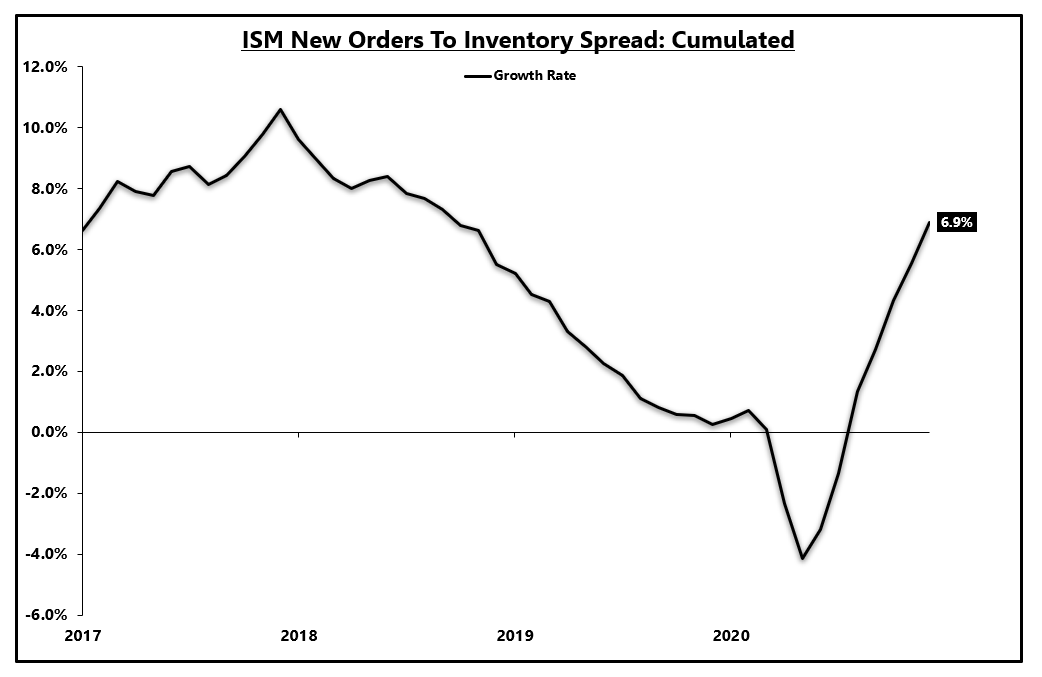
This is confirmed by the Dec update to the DKW model which breaks down *actual* inflation expectations, the expected real short-term rate (real growth), term premium, liquidity premium etc.
The DKW model is one of many models that is useful but has many limitations.
5/
Will attempt to deep dives on each to build on some of my musings from earlier in the year on this topic 🤗 https://t.co/Amlnje1Qiq
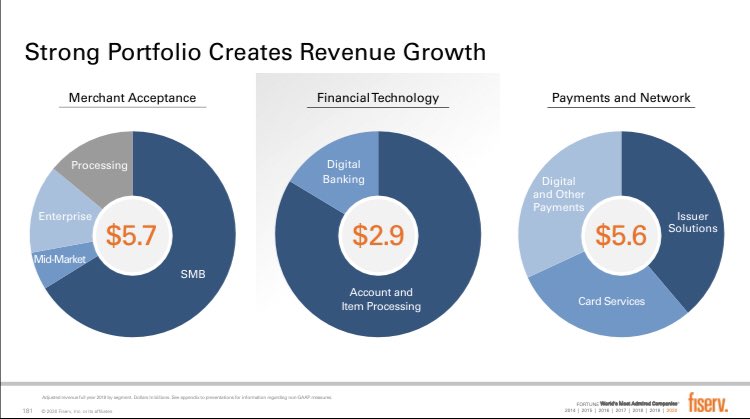
3) The revenue mix of $FISV today (post FDC merger) is roughly ~40% merchant acquiring, ~45% issuer processing and other payments related services, and ~15% core bank processing. Will take these in turn, then highlight growth levers I\u2019m most excited to watch in the coming years pic.twitter.com/yhvkCQrsF8
— BlueToothDDS (@BlueToothDDS) March 6, 2020
Will also try to bridge to an earlier thread laying out the $FISV growth algorithm and the operational/financial levers that support its medium-term outlook of 15-20% FCF/share growth
Here we focus on the top line, most notably the impressive acceleration across all 3 segments https://t.co/8HzMhEC5Bj
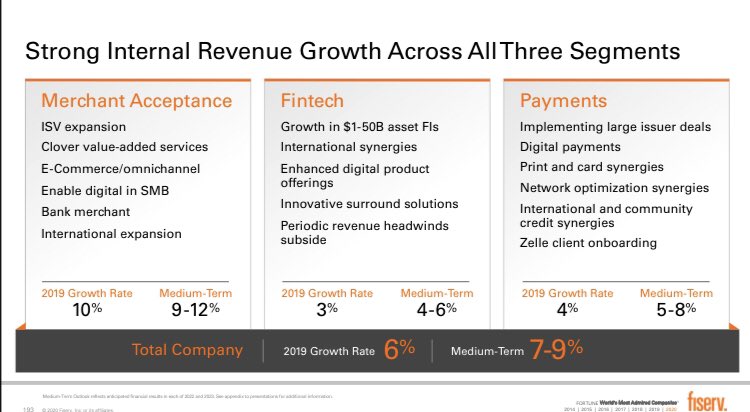
12) $FISV has both operational levers ($0.6B revenue synergies, $1.4B combined cost synergies + add\u2019l cost take out) and financial levers ($30B+ deployable FCF) to support its 15-20% compounded FCF/share growth
— BlueToothDDS (@BlueToothDDS) December 9, 2020
... and this is all before underlying business momentum (tomorrow) pic.twitter.com/JBtlGQIfBT
Let’s start with Merchant:
1) This segment, which ~40% of $FISV revenue today, is the #1 merchant acquirer globally processing $3T+ annually for 6M merchants worldwide
2/3 of revenue is from SMBs, ~20% from mid-to-enterprise merchants, remaining ~15% is wholesale processing
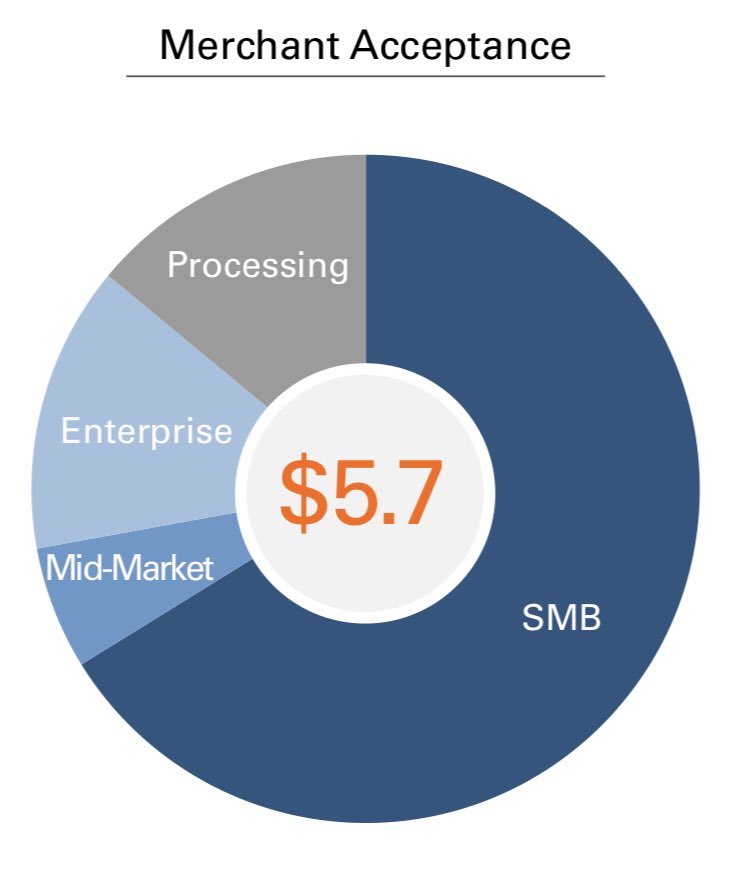
2) 🇺🇸 is 3/4 of the $FISV Merchant segment and the scale of this business is unmatched: it processes 40% of all in-person purchases in the US, covers 80% of all US zip codes and accounts for 10% of US GDP. This book of business is the most balanced in the industry https://t.co/Qlkk7lz3jQ
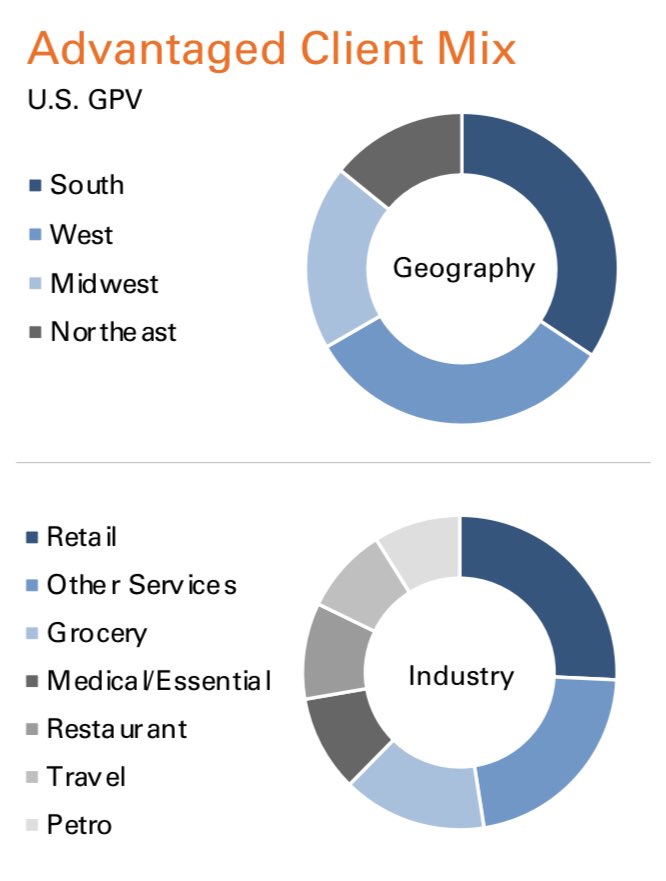
4) $FISV merchant business is the largest US acquirer processing $2.4 trillion of payments annually (including through JVs with BAC, WFC, PNC, C) accounting for 10% of \U0001f1fa\U0001f1f8 GDP. This segment includes Clover, which focuses on SMBs and is $105B runrate today growing at 40%+ annually pic.twitter.com/M5j4mbeiJX
— BlueToothDDS (@BlueToothDDS) March 6, 2020
3) Internationally, $FISV Merchant has strong position in EMEA (top 3 through various JVs and alliances) and several high growth countries, among others: India 🇮🇳 (top 3 with ~15% share), Argentina 🇦🇷 (~50% market share today), Brazil 🇧🇷 (routing ~30% of all electronic payments)
The short answer is NO. Of course this is not investment advice, DYODD, and I have no position in the stock either way but...
THREAD
Small follow-up: NOT involved anymore as degree of difficulty just too high now. But noticed that 1H update that was previously labeled as '11/20' for release on $UMDK website is now 'Q4 2020' - ie probably slipping to Dec.
— Jeremy Raper (@puppyeh1) October 19, 2020
Why further delays? Are auditors pushing back? \U0001f9d0\U0001f9d0 https://t.co/jlaeNY6ypq
I dumped this and moved on when the lack of disclosures + impossible to understand W/C moves made this simply a 'too hard' bucket for me. Post 1H, the qs remain...
I originally thought this biz was levered to rising adoption of Payback, through a licensing/low-touch take-rate type model. That apparently is not the case. Instead most of the growth is from the new 'consulting' segment - but there is no disclosure of what that entails...
...Nor is there disclosure of any clients; nor the revenue split b/w commerce/consulting and the legacy biz; nor any attempt at explanation for how the biz has suddenly exploded in growth...
...meanwhile of course receivables/payables improved HoH but keep in mind the AG (holdco/top level) entity still has essentially zero cash...and all the cash generated by the biz (apparently) sits in an (unaudited) sub...
I'm not casting aspersions but this is 🤔🤔






